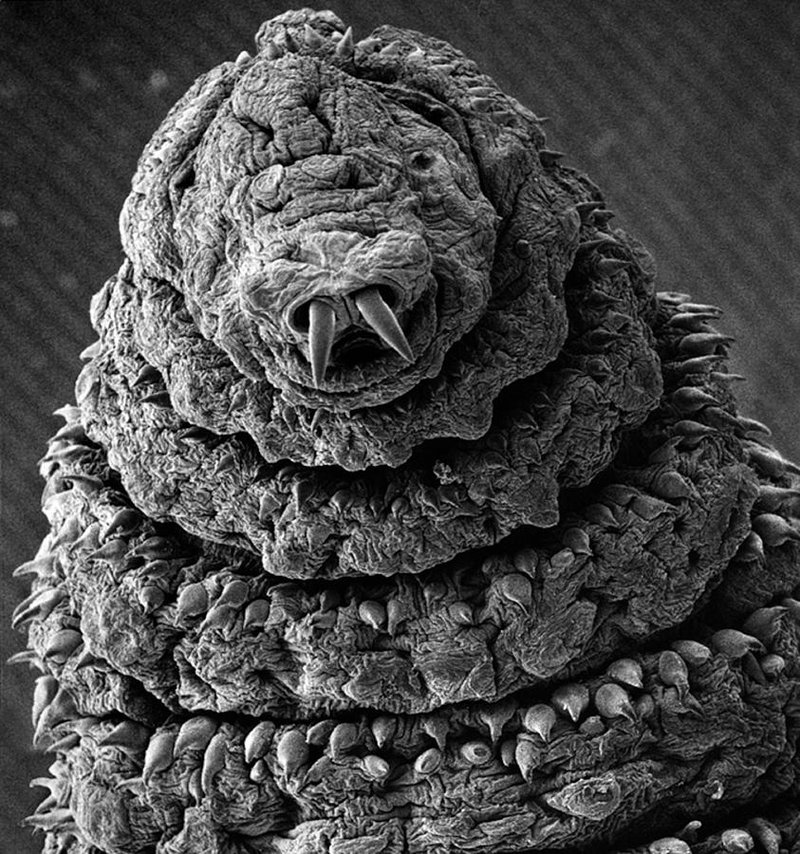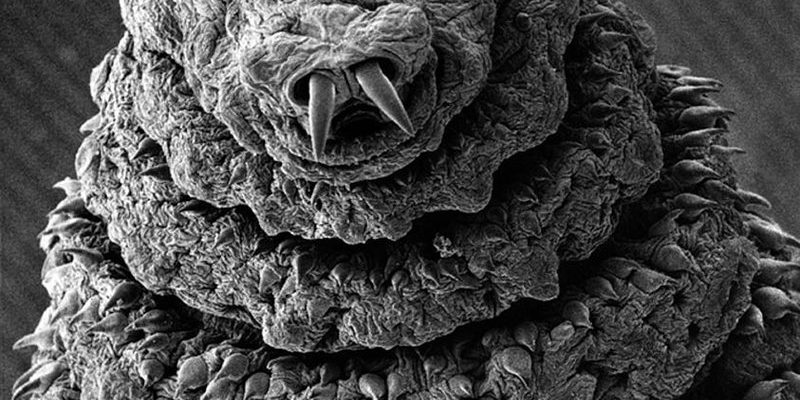
In exploring research studies about botfly larvae, we uncover a world of interactions and dependencies that are sometimes surprising. Think of them as tiny players in the grand symphony of nature, each note important for maintaining harmony in their surroundings. So, pour yourself a cup of coffee, and let’s dive into the captivating life of botfly larvae and their crucial roles in ecosystems.
What Are Botfly Larvae?
Botfly larvae are the young stage of the botfly, a member of the Oestridae family. These larvae have an unusual lifestyle. They develop inside the skin of mammals, including domestic animals and sometimes humans. Yes, you read that right. It might seem shocking, but this life strategy has evolved over millions of years, showcasing nature’s bizarre creativity.
Once a female botfly lays her eggs, the larvae hatch and burrow into the skin of the host. This is where things get interesting. While the larvae are feeding on the host’s tissues, they’re also contributing to the natural fear of parasites. This relationship can seem one-sided, but there’s more to it. The host’s immune response can lead to symptoms that alert owners to the presence of these invaders, making it a sort of alarm system for the health of the animal.
The Ecological Role of Botfly Larvae
Now, you might be wondering—what significance do these larvae hold in their ecosystems? Well, botfly larvae are not just freeloaders; they serve as a part of the food web. Animals that prey on infected mammals benefit from the presence of these larvae. For instance, a bird or a small carnivore might find their meals enriched with larvae, supporting a diverse diet.
Moreover, the relationship between botflies and their hosts can help regulate animal populations. For example, by affecting the health of certain species, botflies may prevent overpopulation of specific mammals. This way, they indirectly contribute to maintaining a balance within their environments, which is crucial for biodiversity.
Research on Botfly Life Cycles
Scientific research into botfly larvae has provided essential insights into their life cycles and impact on ecosystems. Studies have shown that botflies have adapted remarkably to their environments. For instance, certain species are known to target specific hosts, which helps maintain the population dynamics of those animals.
Here’s where it gets even more interesting: researchers have found that the timing of botfly infestations can vary depending on environmental factors. Warmer temperatures might lead to increased reproductive rates for botflies, demonstrating how interconnected animal behaviors and climate conditions are. So, when you see a spike in botfly populations, it could hint at larger environmental changes.
Impact on Host Animals
While the relationship between botfly larvae and their hosts might seem merely parasitic, it’s not all bad news for the host animals. In fact, some studies suggest that the presence of botfly larvae can trigger immune responses that strengthen the host’s overall health over time. Imagine if your body learned to fight off infections more effectively after a minor illness—there’s a similar concept at play here.
However, too many larvae can lead to severe issues, including infection and even death for the host. It’s a fine line. Understanding how these dynamics play out is crucial for animal health management, especially for livestock and pets. The delicate balance between parasite and host is what makes this relationship so fascinating.
Botflies and Their Role in Biodiversity
Biodiversity is vital for any ecosystem’s health and stability. Botfly larvae, despite their somewhat unsavory reputation, contribute to this diversity. By being part of the food web, they ensure that various species thrive. Think of them like a small piece of a large puzzle; each piece connects to others to form a complete picture.
Research indicates that areas with higher botfly populations tend to support a variety of species that interact with these larvae. Whether it’s through direct predation, competition, or even disease cycling, botflies play their part in crafting the complex interactions that define ecosystems.
Conservation Perspectives on Botflies
As we delve into conservation, botflies may not be the first creatures that come to mind. However, their presence can be an indicator of ecosystem health. Monitoring botfly populations can offer valuable insights into the overall condition of wildlife habitats. When researchers study these larvae, they gather data that helps track changes in biodiversity and environmental health.
Conservationists are interested in understanding how shifts in climate and human activities affect botfly populations. Protecting these tiny creatures may often mean protecting their habitats and the larger ecosystems they influence.
Wrapping Up the Journey with Botfly Larvae
So, there you have it: botfly larvae are more than just creepy little invaders; they’re integral to the ecosystems they inhabit. From being food sources for various predators to influencing host health and biodiversity, their role is multi-faceted. Through ongoing research, we’re slowly unraveling the complex relationships they share with their hosts and the environment.
Understanding botfly larvae helps us appreciate the intricate dance of life happening around us—often without us even realizing it. Whether you’re studying these larvae for scientific purposes or simply out of curiosity, one thing is clear: every creature, no matter how small, can play a part in the greater story of our planet.

